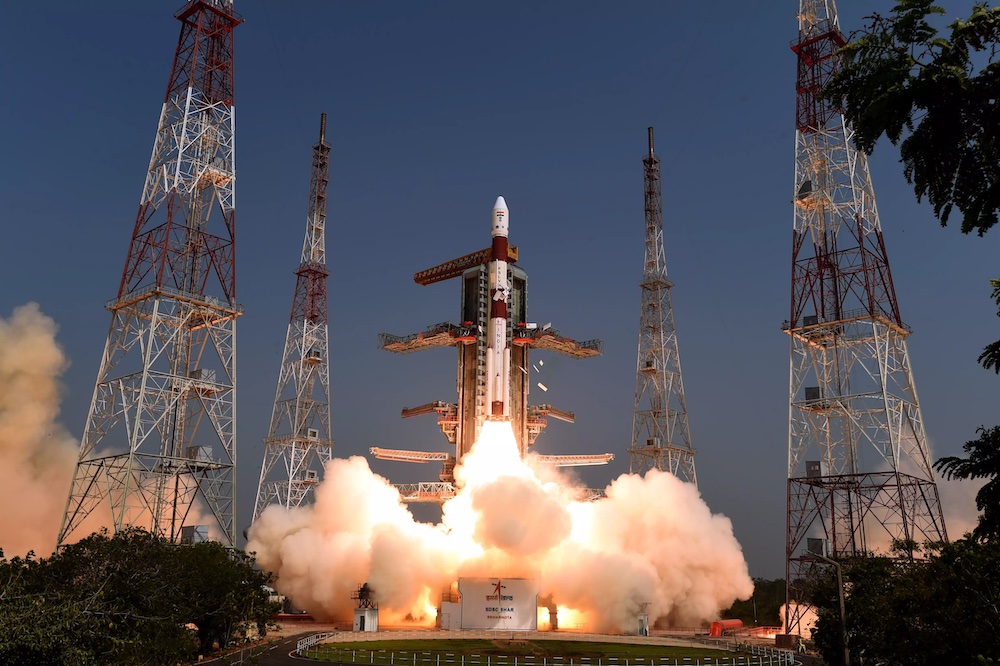The Indian space program has been on a bit of a tear lately. Chadrayaan-3 was just the latest successful for the ISRO, India’s space agency, when it launched in July – especially juxtaposed with Luna-25, a Russian moon lander mission that launched around the same time and failed spectacularly by crashing into the Moon. Maybe in part due to the ISRO’s success, Indian Prime Minister Narendra Modi appears to have taken an increased interest in the program and recently chaired a meeting to review the Gaganyaan Mission, India’s first foray into crewed space flight. But while in the meeting, he suggested the country’s exploration goals should go further – much further.
Let’s start with the Gaganyaan mission itself. It’s hit a series of setbacks after initially being planned for launch in December 2020. Admittedly, some of those setbacks were caused by the pandemic, which hit India particularly hard. However, the program appears to be back on track, and the mission planners confirmed a launch in 2025, though this is slightly later than even the Wikipedia page for the missions says at the time of writing, and it was updated only in September.
Press releases from the PM’s office most likely overrules any Wikipedia site, so while the mission may be delayed until 2025, the testing leading up to it is still ongoing. A test of the Crew Escape System Test Vehicle, a critical component in modern-day human spaceflight systems, occurred successfully recently. Around 20 additional tests are planned over the next two years to ensure the mission’s success.
One key component of the new mission is the development of a Human Rated Launch Vehicle called HLVM3 by the ISRO. This is a modified version of the Launch Vehicle Mark 3, which has been the workhorse of ISRO’s satellite launching efforts since its first orbital flight back in 2017. However, launching humans is not the same as launching satellites, and much work needs to be done to ensure the safety of any future astronauts that might take a ride on this rocket.
That might seem like enough to keep the mission planners and engineers at ISRO busy for the foreseeable future. But PM Modi wants to aim higher – literally to the Moon in this case. He suggested sending an Indian astronaut to the Moon by 2040. Doing so in 17 years is feasible, especially considering the US did so in 9 with 1960s technology.
But the Moon won’t be the only stop for the ISRO. PM Modi also announced a plan to build a Bharatiya Antariksha Station – translated as “Indian Space Station” in the press release, by 2035. What exactly this station will entail and how it will fit with the wider plans for the Moon were not detailed in the press release. Still, assumedly, an orbital station will plan a key staging role for astronauts traveling to our nearest cosmic neighbor.
Human spaceflight isn’t the only kind, though, and ISRO will be busy in the robotic arena as well. Interplanetary missions were also mentioned by the PM, who took special note of a Venus Orbiter and Mars landers in his discussions during the meeting. Neither of those projects has yet garnered a name, so it’s unclear how much support they’ll have going forward. But if recent history is any indication, India will be adding plenty of new accomplishments to its portfolio of successful space missions in the near future.
Learn More:
Indian Prime Minister’s Office – Prime Minister reviews readiness of Gaganyaan Mission
UT – India Follows its Lunar Mission by Sending a Spacecraft to Study the Sun
UT – Day Has Returned, but India’s Lander and Rover have Failed to Wake Up
UT – As Night Falls, India’s Lunar Lander/Rover Goes to Sleep. Probably Forever
Lead Image:
An Indian satellite launch.
Credit – ISRO via AP Images

